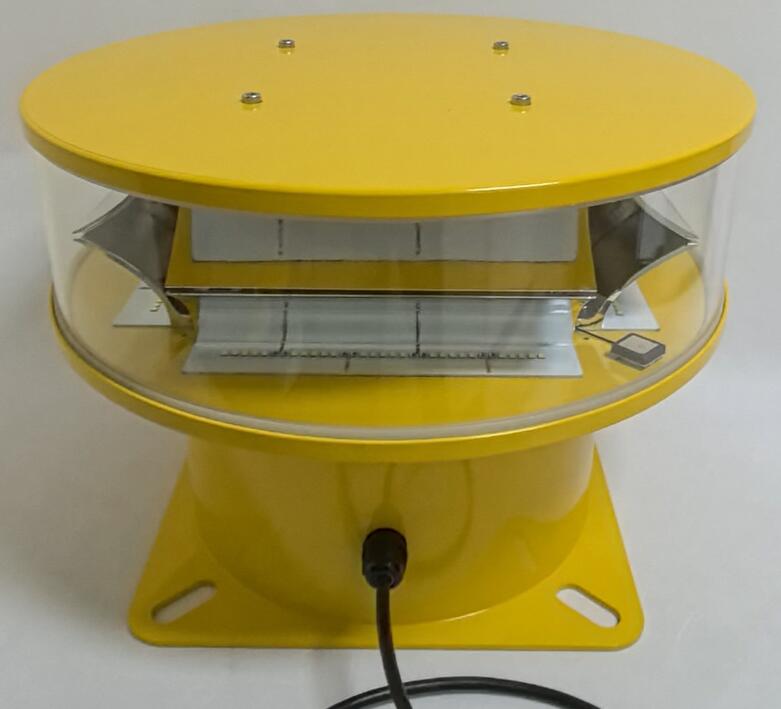Aeronautical obstruction lights play a crucial role in ensuring the safety of air travel. These lights are designed to make obstacles visible to pilots, especially during low light conditions such as at night or in poor weather. The term "aeronautical obstruction light" encompasses a range of lighting systems that are strategically placed on structures that could pose a threat to aircraft.
One of the primary reasons for the installation of aeronautical obstruction lights is to prevent collisions between aircraft and tall structures. Buildings, towers, bridges, and even wind turbines that are within or near flight paths need to be marked clearly. For example, a skyscraper in a busy urban area with a significant amount of air traffic above it must have proper obstruction lighting. Without these lights, pilots might not be able to detect the presence of the structure until it's too late, potentially leading to a catastrophic accident.
There are different types of aeronautical obstruction lights, each serving a specific purpose. High - intensity white lights are often used for very tall structures. These lights have a high luminosity and can be seen from a great distance. They are usually installed on the top of the obstruction and may flash at regular intervals to attract the attention of pilots. Medium - intensity white lights are also common and are suitable for structures of moderate height. These lights provide a balance between visibility and not being overly blinding to those on the ground.

Red obstruction lights are another type. They are typically used for structures that are not as tall as those requiring white lights. Red is a color that is easily distinguishable in the air and has been standardized for aviation safety purposes. These lights may be steady - burning or flashing, depending on the specific regulations and the nature of the structure. In some cases, a combination of different types of lights may be used on a single structure. For example, a tall tower might have high - intensity white lights at the top and medium - intensity red lights at lower levels to provide multiple layers of visibility.
The design and installation of aeronautical obstruction lights must adhere to strict international and national aviation regulations. These regulations specify details such as the intensity of the light, the flash pattern, and the height at which the lights should be placed. Manufacturers of these lights must ensure that their products meet these standards. The lights are also subject to regular maintenance to ensure that they are always in proper working condition. Any malfunction in an aeronautical obstruction light can put air travel at risk.
| aeronautical obstruction lights | S32 |
In addition to traditional structures, new forms of obstructions such as wind farms have added complexity to the use of aeronautical obstruction lights. Wind turbines are often located in areas with significant air traffic, and their rotating blades can be difficult to detect. Specialized lights and lighting systems have been developed to make these wind farms visible to pilots. These may include lights that are synchronized to flash in a particular pattern to indicate the movement and location of the turbines.
Aeronautical obstruction lights are also evolving with technological advancements. LED lights are becoming more prevalent due to their energy efficiency, long lifespan, and high brightness. They can provide better visibility with lower power consumption compared to traditional incandescent lights. Moreover, smart lighting systems are being explored, where the lights can be remotely monitored and controlled. This allows for quick detection of any issues and the ability to adjust the lighting parameters as needed.
In conclusion, aeronautical obstruction lights are an essential component of aviation safety infrastructure. Their proper installation, operation, and maintenance are vital for the protection of aircraft and the lives of those on board. As the aviation industry continues to grow and new structures are built, the importance of these lights will only increase, and continued innovation in this field will be necessary to meet the evolving challenges of air travel safety.